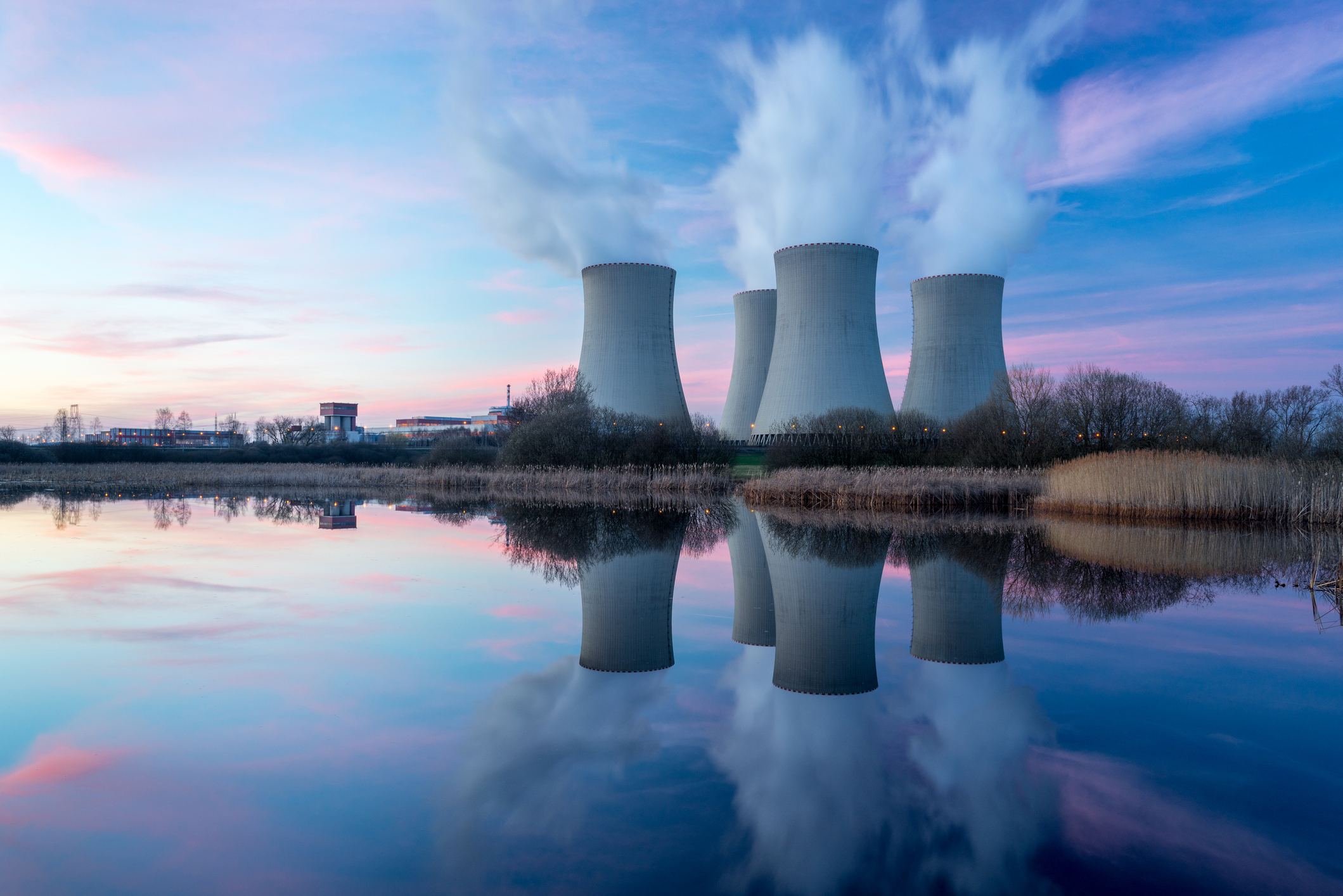
This is part 2 of our 4 part series on 2020 Energy Trends.
Increasing questions about the future of natural gas
The EIA still expects natural gas to be the dominant generating resource in the U.S. through 2050. A study released in September found that if all currently proposed gas plants are built, 70% would become uneconomic by 2035.
According to Utility Dive, “[w]hile alternative options may threaten gas, the ability of baseload generation to offer reliable and resilient power channels directly into the growing conflict between states and wholesale markets,” something some states are already experiencing and taking to the FERC courts.
Governments and Administrations will work with businesses, utilities, and other organizations to cut carbon emissions
According to WRI, “[m]any cities are choosing to begin their clean energy transition by tackling municipal energy usage, which is within the local government’s control.” Some examples of these programs are the Climate Collaborative of Greater Philadelphia or the Sustainable Jersey coalition in New Jersey. According to the WRI, “making progress toward community goals requires the support of and partnership with many community stakeholders, including local businesses.” According to the WRI, “[i]n 2020, expect to see more collaboration across sectors to move more efficiently toward community-wide energy goals.”
Focus on grid mod and grid hardening
According to Utility Dive, “[i]n 2019, U.S. utilities spent almost $60 billion on grid modernization” and that is going to continue to slowly increase, with grid hardening being the focus of that spending. With a focus on renewable energy, comes a focus on ensuring that energy is used effectively and efficiently by distribution channels, utilities, and end users by ensuring resiliency.
According to Utility Dive, “[w]hile increasing resiliency is a significant part of updating today’s power grids, utilities are looking to do more, including integrating more renewable and distributed energy resources” According to Utility Dive, “[a] key issue to watch in 2020 will be whether utilities learned any lessons from billion+ dollar grid mod proposals, which were rejected by regulators in 2019 because the costs were not adequately justified.”
According to Utility Dive, regardless of renewable energy, electric power grids across the country will need to be upgraded by municipalities and utilities to handle the greater loads that utilities will need to handle in coming years.
Latest News
Photo credit: iStock.com/vlastas As states across the country wrestle with energy challenges and climate goals, lawmakers are increasingly turning to nuclear energy as a viable solution. Nuclear power, known for its reliability and zero-emission benefits, [...]
Photo credit: iStock.com/hrui States have grappled with addressing climate change and transitioning toward sustainable energy sources. A critical component of these efforts lies in implementing Renewable Energy Standards, or Renewable Portfolio Standards, which aim to [...]
Photo credit: iStock.com/Fahroni In most of the United States, you can pull into a gas station and pump your own gas. However, according to the National Association of Convenience Stores, self-serve gas stations did not [...]
Photo credit: iStock.com/audioundwerbung On October 13, 2023, President Biden and Energy Secretary Jennifer Granholm announced the seven winners of the $7 billion hydrogen hub program during an event at the Port of Philadelphia. The announcement starts [...]






Stay In Touch